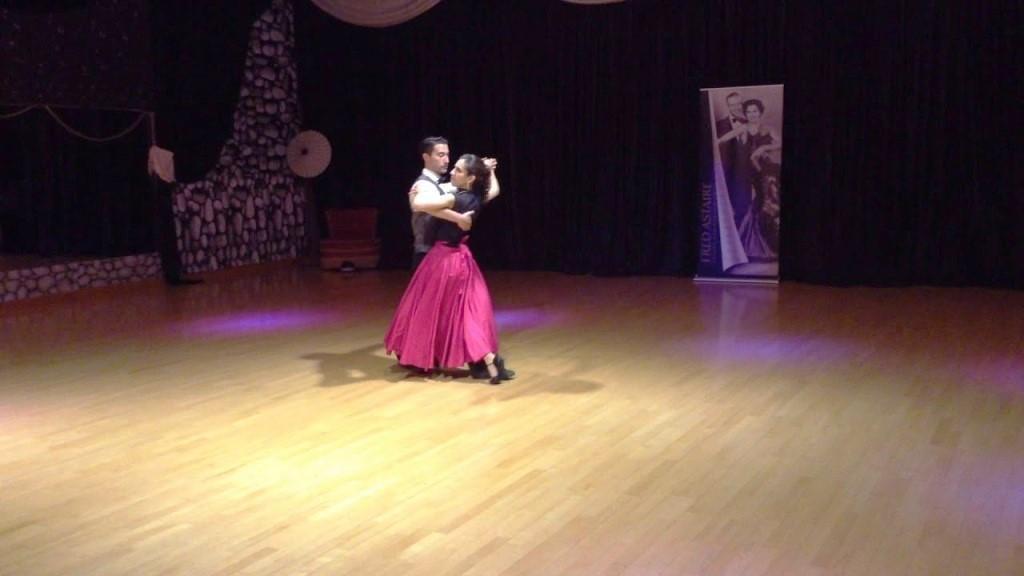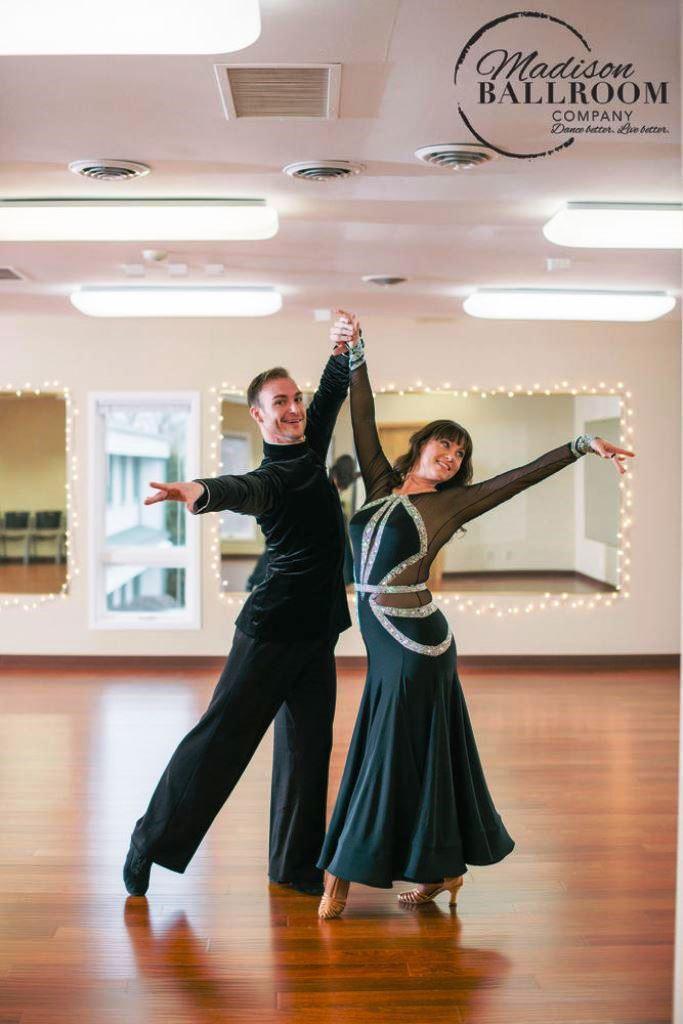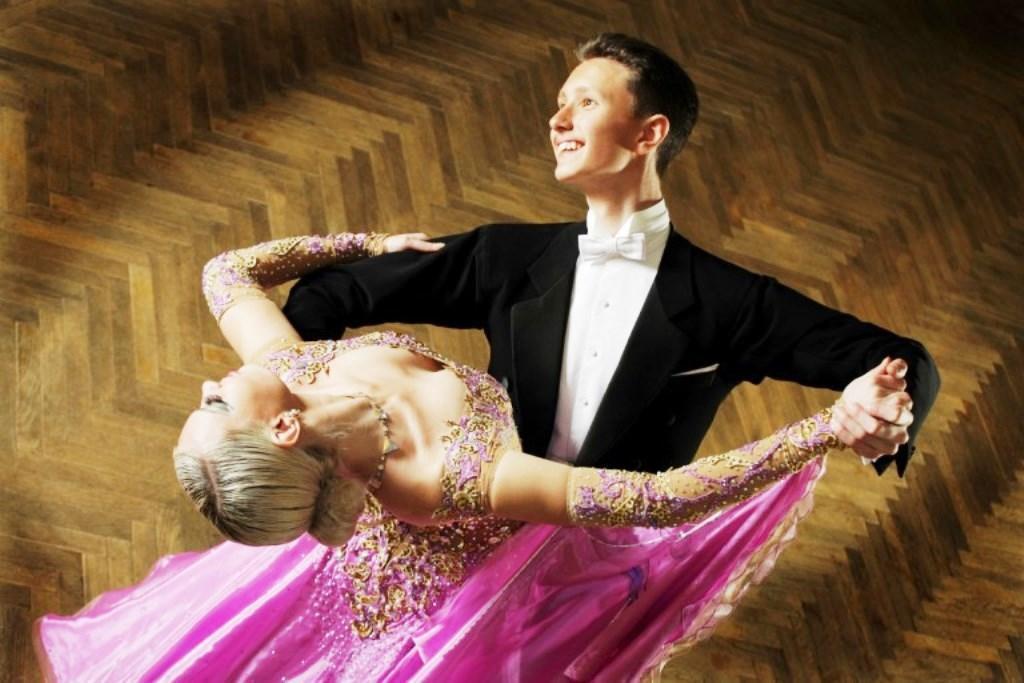
1. Introduction to Ballroom Dance Teaching
Introduction to Ballroom Dance Teaching
Ballroom dance is a popular form of dance that has been enjoyed in the UK for centuries. It is a social activity that involves couples dancing together in a graceful and elegant way. It is also a great way to keep fit and have fun.
Ballroom dance teaching is a skill that requires knowledge, patience and dedication. It is a demanding profession that requires a lot of practice and dedication to become a successful teacher.
The art of ballroom dance teaching is about more than just teaching steps and technique. It is also about teaching the students the etiquette, manners and deportment of the dance, and instilling a sense of respect and appreciation for the art form.
What Skills Does a Ballroom Dance Teacher Need?
A good ballroom dance teacher must have a good knowledge of the different styles of ballroom dancing and be able to teach them effectively. They must also be able to demonstrate the steps and techniques clearly and accurately.
In addition to teaching the steps and techniques, a ballroom dance teacher must also be able to communicate effectively with their students. They must be able to understand their needs and be able to motivate and encourage them to reach their goals.
How to Become a Ballroom Dance Teacher
To become a ballroom dance teacher, you must first obtain a teaching qualification from a recognised dance school or organisation. This will usually involve attending classes and taking exams to demonstrate your knowledge and skills.
Once you have obtained your teaching qualification, you can then look for employment in a dance school or teaching studio. You may also choose to set up your own business and become a freelance ballroom dance teacher.
No matter what route you choose to take, becoming a successful ballroom dance teacher requires dedication, hard work and a lot of practice. It is a rewarding profession that can bring a lot of joy and satisfaction.
2. History of Ballroom Dance Teaching in Britain
History of Ballroom Dance Teaching in Britain
Ballroom dance has been a popular activity in Britain since the late Victorian era. In the early 20th century, ballroom dance teaching was a popular profession and a number of teachers offered private tuition and classes in London and other cities.
Early Ballroom Dance Teaching in Britain
In the early 20th century, ballroom dance teaching was mainly carried out by individuals who had learned the steps and techniques through their own experience. Many of these early teachers had learned the steps and techniques from their parents or from other teachers, and they often passed on their knowledge to their students.
Modern Ballroom Dance Teaching in Britain
In the modern era, ballroom dance teaching has become more professionalised and is now offered by a number of organisations and dance schools. These organisations and schools provide formal training in a variety of ballroom dance styles, as well as offering classes and private tuition.
The British Dance Council (BDC) is the governing body for ballroom dance in the UK, and it provides qualifications and accreditation for teachers. The BDC also organises competitions and events, and provides guidance and support to teachers and students.
The National Institute of Dance and Exercise (NIDE) is another organisation that provides training and qualifications for ballroom dance teachers. NIDE also provides resources and support to teachers and students, and organises competitions and events.
The Royal Academy of Dance (RAD) is another organisation that provides training and qualifications for ballroom dance teachers. The RAD also offers classes and private tuition, and provides resources and support to teachers and students.
Conclusion
Ballroom dance teaching has a long and rich history in Britain, and it has evolved over the years to become more professionalised and organised. There are now a number of organisations and schools that provide training and qualifications for ballroom dance teachers, as well as offering classes and private tuition.
3. Benefits of Ballroom Dance Teaching
Benefits of Ballroom Dance Teaching
Ballroom dance teaching offers a range of benefits to both students and teachers. From the physical to the mental, ballroom dance can be an incredibly rewarding experience.
Physical Benefits
The physical benefits of ballroom dance teaching are numerous. It is a great form of exercise that can help to improve balance, coordination, and flexibility. It is also a great way to burn calories and tone muscles. Ballroom dance can also help improve posture and increase stamina.
Mental Benefits
In addition to the physical benefits, ballroom dance teaching can also provide mental benefits. It can help to improve concentration and focus, as well as increase confidence. It can also help to improve memory and cognitive functions.
Social Benefits
Finally, ballroom dance teaching can provide social benefits. It is a great way to meet new people and make friends. It can also be a great way to relieve stress and have fun. Ballroom dance teaching can also help to foster a sense of community and belonging.
4. Different Styles of Ballroom Dance Teaching
Different Styles of Ballroom Dance Teaching
Ballroom dance teaching in the UK is a highly specialised field, and there are a variety of different approaches to teaching. These different approaches can be broadly divided into four main categories:
Traditional
Traditional ballroom dance teaching is based on the classic ballroom dances and the traditional teaching methods used to teach them. This style of teaching includes learning the basic steps of each dance, as well as the etiquette and posture associated with the dance.
Competition
Competition ballroom dance teaching focuses on preparing dancers for competitive events. This style of teaching is more intensive, and includes drills and practice routines to help dancers improve their technique and performance.
Social
Social ballroom dance teaching is designed to help dancers become more comfortable with the social aspects of ballroom dancing. This includes learning the etiquette of the dance floor, as well as the different styles and rhythms of different dances.
Creative
Creative ballroom dance teaching is designed to help dancers explore their creativity and develop their own personal style of dancing. This style of teaching encourages dancers to experiment with different steps and movements, and to create their own unique routines.
5. Qualifications and Training for Ballroom Dance Teachers
Qualifications and Training for Ballroom Dance Teachers
Ballroom dance teachers in the UK must be certified by the UKA (United Kingdom Alliance of Professional Dance Teachers) in order to teach legally. The UKA requires that teachers have a minimum of two years of full-time dance instruction experience as well as a minimum of two years of full-time dance performance experience.
UKA Certification
In order to gain UKA certification, teachers must complete the UKA’s Professional Dance Teacher’s Course. This course includes modules on teaching methods, music theory, dance history, and anatomy and physiology. Upon successful completion of the course, teachers will receive a UKA Professional Dance Teacher’s Certificate.
Continuing Education
In order to maintain their certification, teachers must also complete a certain amount of continuing education each year. This includes attending workshops and seminars, taking classes, and participating in professional development activities.
Additional Qualifications
In addition to UKA certification, many ballroom dance teachers will also have additional qualifications such as a degree in dance or physical education, or a teaching qualification in another subject.
Professional Associations
Teachers may also choose to join a professional association such as the British Association of Ballroom Dance Teachers (BABDT). This association provides support and resources for its members, as well as opportunities for networking and professional development.
Other Requirements
In addition to the above qualifications, ballroom dance teachers must also hold a valid UK driving license or be willing to travel to teaching locations. They must also have a valid first aid certificate and have a valid Disclosure and Barring Service (DBS) check.
6. Finding a Ballroom Dance Teacher
Finding a Ballroom Dance Teacher
Finding a qualified and experienced ballroom dance teacher in the UK can be a tricky task. It is important to find someone who can provide the right guidance and instruction for your individual needs. Here are some tips to help you find the perfect ballroom dance teacher.
Research and Ask Around
The first step to finding a ballroom dance teacher is to research and ask around. Ask your friends, family, and colleagues if they have any recommendations. You can also search online for qualified teachers in your area.
Check Qualifications and Experience
Once you have a few potential teachers in mind, it is important to check their qualifications and experience. Look for teachers who have a proven track record of helping their students reach their goals. Also, make sure that the teacher has the necessary qualifications to teach ballroom dance.
Read Reviews
Reading reviews from former students is a great way to get an idea of how a teacher works. Look for reviews that discuss the teacher’s teaching style, their level of expertise, and the overall experience.
Ask Questions
Before signing up for lessons, it is important to ask the teacher some questions. Ask about their teaching style, what type of music they use, and what type of dances they specialize in.
Try a Trial Class
If possible, try a trial class with the teacher. This will allow you to get a feel for their teaching style and see if they are the right fit for you.
Trust Your Instincts
Ultimately, you need to trust your instincts when it comes to finding the right ballroom dance teacher. If something doesn’t feel right, don’t be afraid to look for another teacher.
7. Tips for Ballroom Dance Students
7. Tips for Ballroom Dance Students
1. Wear the Right Shoes
Ballroom dancing requires special shoes designed for the purpose. They should fit snugly and have a suede sole, which helps you to spin and turn without slipping.
2. Learn the Basics
Before you can start to learn the more complicated steps, it is important to learn the basics. This includes the posture, footwork and the timing of the music.
3. Practice
The more you practice, the better you will become. You should practice with a partner, as this gives you the opportunity to perfect the steps and learn how to lead and follow.
4. Listen to the Music
It is important to listen to the music and understand the rhythm and tempo. This will help you to move in time with the music and make your movements more graceful.
5. Watch Other Dancers
Watching other dancers can be a great way to learn new steps and techniques. It is also a great way to pick up tips and tricks from experienced dancers.
6. Take Classes
Taking classes is a great way to improve your technique and learn new steps. It is also a great way to meet other dancers and make new friends.
7. Have Fun
Above all, remember to have fun. Ballroom dancing can be a great way to stay fit and have a good time. Enjoy the process of learning and don’t be afraid to make mistakes.
8. Conclusion
Conclusion
Ballroom dance teaching is an art form that requires skill, patience, and dedication. It is a rewarding profession that can bring joy and satisfaction to both the teacher and the student. Teaching ballroom dance can be a great way to help others learn a new skill and to share your passion for the art form.
At uk-ballroom.co.uk, we are committed to helping people learn and perfect their ballroom dancing skills. We offer a range of resources, from tutorials to advice on finding the right instructor. We also provide a platform for teachers to share their knowledge and experiences.
We hope that this article has given you a better understanding of the art of ballroom dance teaching. With a little dedication and hard work, you can be a great teacher and help others to learn and enjoy this beautiful art form.
Good luck!




